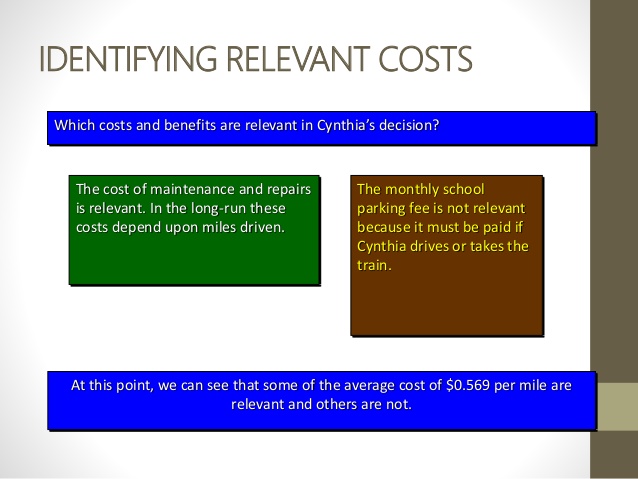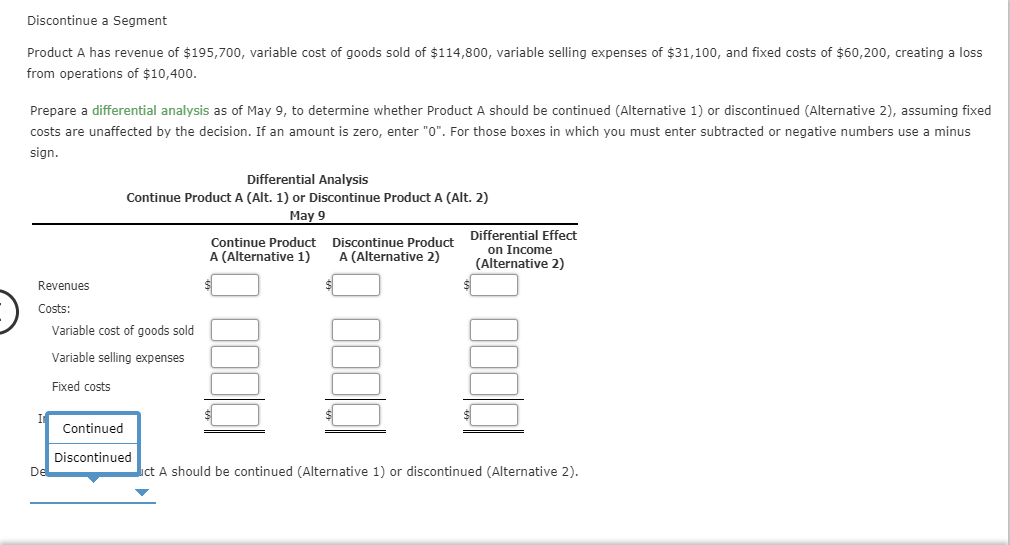Content

The system must be sufficient to fuel the preparation of the financial statements, and be capable of maintaining retrievable documentation for each and every transaction. In other words, some transaction logging process must be in place. The appropriate Debits and Credits: A Simple Guide debits and credits are listed under the appropriate columns under the T-Accounts to determine the final value to be reported. Click the link below to learn more about T-Accounts. When it comes to debits vs. credits, think of them in unison.
Second, all the debit accounts go first before all the credit accounts. Third, indent and list the credit accounts to make it easy to read. Last, put the amounts in the appropriate debit or credit column. Also, you can add a description below the journal entry to help explain the transaction. You must have a firm grasp of how debits and credits work to keep your books error-free. Accurate bookkeeping can give you a better understanding of your business’s financial health.
types of accounts
It increases liability, expense, and owner’s equity accounts and decreases asset and prepaid expense accounts. It can seem a little confusing to understand debits and credits, so let’s look at an example. Whether you’re running a sole proprietorship or a public company, debits and credits are the building blocks of accurate accounting for a business. Debits increase asset or expense accounts and decrease liability accounts, while credits do the opposite. As your business grows, recording these transactions can become more complicated, but it is crucial to do it correctly to maintain balanced books and track your company’s growth. Debits and credits are used in a company’s bookkeeping in order for its books to balance.
- Reporting options are also good in Xero, and the application offers integration with more than 700 third-party apps, which can be incredibly useful for small businesses on a budget.
- It can seem a little confusing to understand debits and credits, so let’s look at an example.
- The first three, assets, liabilities, and equity all go on the company balance sheet.
- All accounts that normally contain a debit balance will increase in amount when a debit is added to them, and reduced when a credit is added to them.
- The types of accounts to which this rule applies are liabilities, revenues, and equity.
On the bank’s balance sheet, your business checking account isn’t an asset; it’s a liability because it’s money the bank is holding that belongs to someone else. So when the bank debits your account, they’re decreasing their liability. When they credit your account, they’re increasing their liability. Debits and credits are recorded in your business’s general ledger. A general ledger includes a complete record of all financial transactions for a period of time.
Types Of Small Business Financing You Need To Know About
Each T-account is simply each account written as the visual representation of a “T. ” For that account, each transaction is recorded as debit or credit. This information can then be transferred to the accounting journal from the T-account.

You’ve reduced both a liability and an asset, keeping the accounting equation balanced. Liabilities work in the exact opposite fashion as assets. Well, the double-entry accounting system used by nearly every business in existence breaks your firm down into individual accounts. Think of these like buckets containing defined amounts of money. Most people know that debit cards let you spend out of a checking account, while credit cards let you borrow money to pay back every month. In addition to adding $1,000 to your cash bucket, we would also have to increase your “bank loan” bucket by $1,000. Recording what happens to each of these buckets using full English sentences would be tedious, so we need a shorthand.
Debit and credit journal entry
The only way to really understand the rules is to make accounting entries — over and over again. In other words, an account has a debit column and a credit column. Also an account may have a running balance column to continuously keep track of the account’s balance. \r\nPractically everyone has trouble with the rules of debits and credits. Debits and credits keep a company’s books in balance. They are recorded in pairs for every transaction — so a debit to one financial account requires a credit or sum of credit of equal value to other financial accounts.
7 Best Mobile POS Systems 2023 – Money
7 Best Mobile POS Systems 2023.
Posted: Mon, 02 Jan 2023 08:00:00 GMT [source]
If a debit increases an account, you must decrease the opposite account with a credit. In fact, the accuracy of everything from your net income to your accounting ratios depends on properly entering debits and credits. Taking the time to understand them now will save you a lot of time and extra work down the road. Kashoo offers a surprisingly https://online-accounting.net/ sophisticated journal entry feature, which allows you to post any necessary journal entries. In this journal entry, cash is increased and accounts receivable credited . These definitions become important when we use the double-entry bookkeeping method. With this approach, you post debits on the left side of a journal and credits on the right.